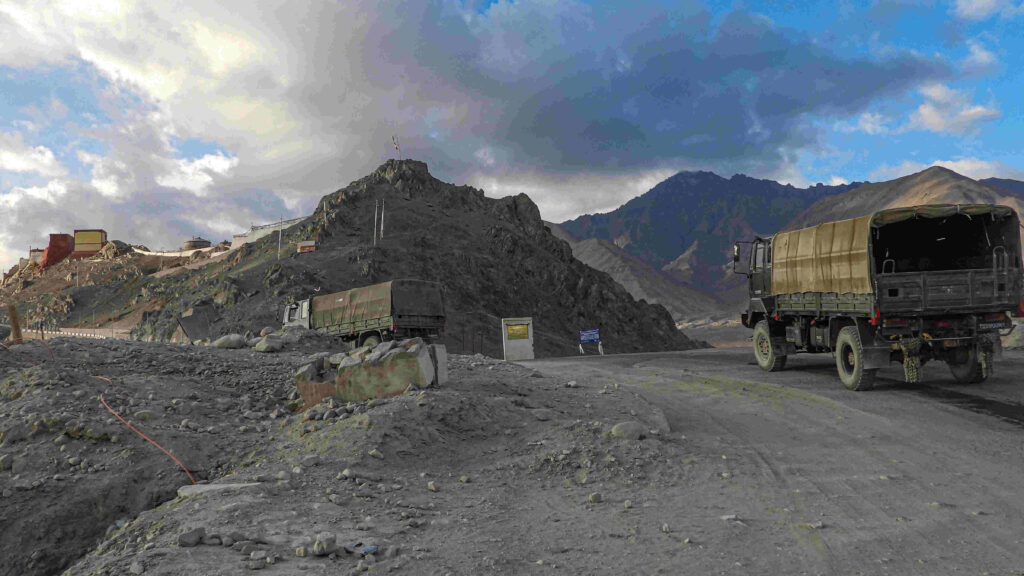As part of a major infrastructure push along the China border, the Army has created portable shelters for over 22,000 troops, strengthened bridges for the heavier class of vehicles, and is creating underground ammunition storage facilities, sources in the defense establishment said. An important part of scaling up of capabilities is the setting up of new 3D printed structures by the Corps of Engineers that can house troops and will act as permanent defenses in eastern Ladakh, including the contested areas of Galwan, Hot Springs, and the Pangong Tso area. Sources said Indian startups based in Gandhinagar, Bengaluru, and Hyderabad have been involved in creating these new 3D-printed structures that are man-portable and can be set up at forward locations within two days. “A lot of work was done on 3D printed defenses with startups incubated at IIT Gandhinagar and we have finally come up with structures that can take a direct hit from a T-90 tank at a distance of just 100 meters. Trials are being conducted along the northern borders and by next year, we will start installing them,” a source said.
The unique defense infrastructure includes essentially bunkers that can house well-entrenched troops – can be easily set up in forward areas as each 3D printed part will not weigh more than 40 kg and can be carried by a two-man team. Besides, habitat and technical storage for 22,000 troops and over 450 tanks and heavy guns have also been constructed in the area. “Post Galwan, habitats for over 20,000 troops were created over two working seasons. These are the latest, modular habitats that are temperature controlled and can be easily relocated if the need arises,” a source said, adding that work is also on to create new tunnels that can be used to safely store ammunition. A major drive is also on for increasing connectivity in Ladakh, with the Corps of Engineers currently engaged in upgrading airfields and creating a new runway at Nyoma. Sources said that with the new roads that have been constructed, the travel time from Leh to the strategically located Daulat Beg Oldie (DBO) airfield has been reduced from two days to six hours.
The Corps of Engineers is also overseeing connectivity to Ladakh from the rest of the country, with sources saying that a new tunnel at Shinkula, which will create an alternate access to Ladakh through the Zanskar valley, will be ready for use by 2026. A new road for access to DBO is also being constructed through the Nubra valley.
Source- economictimes.indiatimes.com







